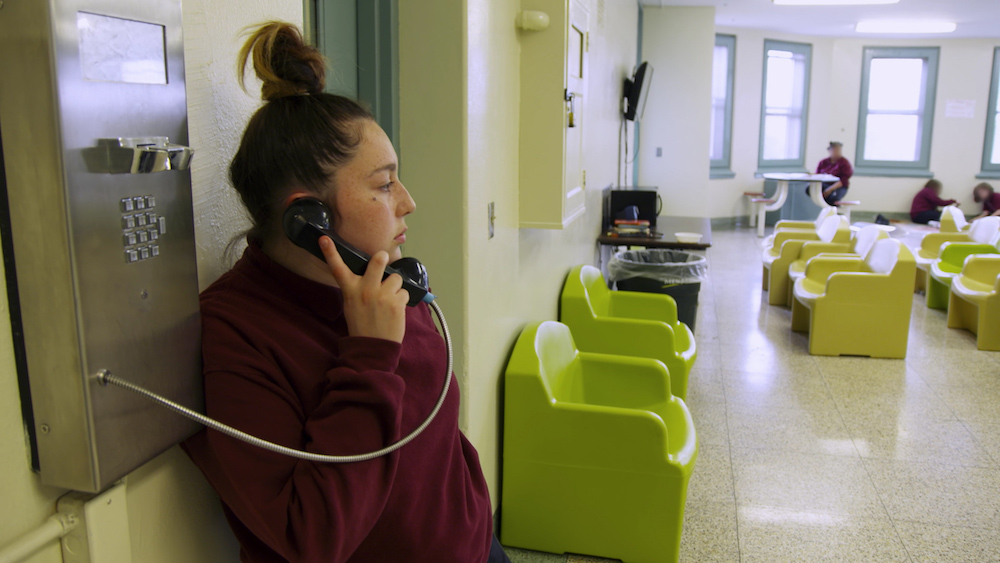Netflix original Girls Incarcerated plays out less like a documentary series and more like a coming of age reality show – but this is not a negative. It gives us in depth insight into the teenagers’ characters and backgrounds which aids in dismantling the stigma around young offenders. Girls Incarcerated and razor-sharp comedy drama, Orange is the New Black, show that the majority of criminals are people who have been let down by their environment.
Girls Incarcerated focuses on rehabilitation and reform rather than punishment. It may be no surprise that Madison Juvenile Correctional Facility has low reoffending rates. The officers call the girls “students” rather than “inmates.” It certainly resembles a standard secondary or high school, with gossip, fights, friendships and relationships, but it manages to avoid exploiting their drama simply for our entertainment. The vast majority of the girls are in there for non-violent offenses only applicable to minors such as, truancy, running away and underage drinking. In Orange is the New Black, upper-middle class New Yorker Piper is initially the show’s main character. But after watching a few episodes of her being “teased, stalked, threatened and called Taylor Swift” the focus shifts to the cast as a whole. It brings awareness to the issues that racial minorities and the LGBT+ community face in the prison system. Minorities are disproportionately represented in incarcerated populations. The National Council on Crime and Delinquency found that minority youth are treated more severely than white youth at every point of contact within the system, even when charged with the same crime.
Orange is the New Black provides flashbacks that offer insight into the characters’ troubled backgrounds. A teenager in Girls Incarcerated says her mother forced her to inject heroin and physically abused her if she refused. Unfortunately, the abuse faced by the majority of these girls is not an anomaly in the US prison system. Bureau of Justice found that 60% of adult women in US prisons had experienced sexual or physical abuse prior to entering prison. Child Trends Data Bank states that nearly 80 percent of girls in US juvenile detention centres have a mental illness, in comparison to 20 percent of the US adolescent population. People have free will, but Girls Incarcerated shows these statistics cannot be ignored.
However, the show could be improved by exploring the injustices of the justice system at large. There is upset among staff and the teenagers when one of the counsellors leaves. It is heart-warming to witness the genuinely positive influence she has had on the girls. The staff are all painted in a very positive light, excluding one unsettling instance when a bible study leader tells the teens that being gay is not “appropriate.” On the other hand, Orange is the New Black is riddled with corrupt officers. George “Pornstache” Mendez constantly abuses his power by blackmailing inmates and supplying drugs in exchange for sexual favours. The least redeemable characters of the show are not the offenders but those in charge. Although in real life the vast majority of prison officers operate with integrity, it is important that the show brings awareness to the public that corruption among officers is possible.
Ultimately these shows remind us that we are all just a few decisions away from being criminals. And these decisions are heavily impacted by our backgrounds and the individual pressures we face today. They are vital in influencing mind sets by breaking down the stigma that surrounds current and ex-offenders, all from the ease and comfort of Netflix.
Anya Loudon
(Image: Realscreen)

